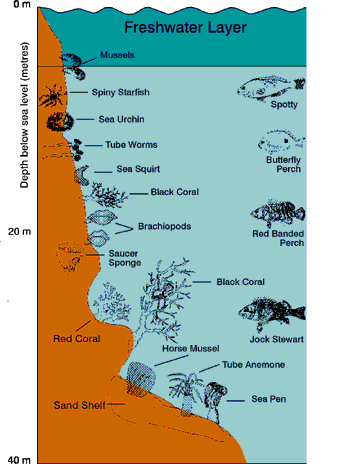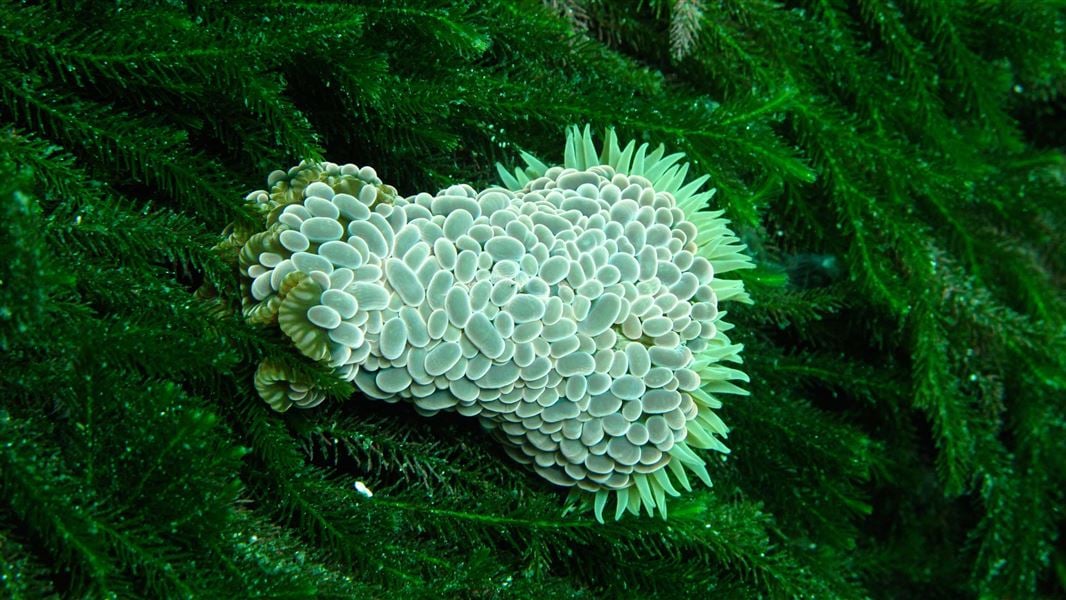For tide, boundaries and other information you can download the MarineMate app.
Fiordland's marine reserves are found from Milford Sound in the north to Preservation Inlet on the southwest of the South Island.
Piopiotahi/ Milford Sound is accessible from Te Anau via the Milford Road.
Removing marine life
Members of Ngāi Tahu Whānui may access the reserve to remove pounamu provided they have any required resource consents and/or authorisation by the kaitiaki rūnaka. Pounamu must be collected by hand, with minimal disturbance to the site and only so much as you may carry in one trip.
Members of Ngāi Tahu Whānu are also permitted to remove deceased marine mammals and collect teeth and bones found within the reserves.
Aircraft
Take-off and landing of aircraft is permitted within the reserve.
Anchoring
There are specific no-anchoring areas in some of Fiordland’s marine reserves. These areas are home to particularly fragile species that could be damaged by an anchor or its swinging chain.
Anchoring and no-anchoring areas in each of the fiords.
Recreational, educational and scientific activities
Recreational, educational and scientific activities are encouraged as long as they do not disturb or endanger the plant and animal life or natural features. A permit is required from DOC for any scientific research within the reserve.
Commercial rock lobster pot storage
Because of limited suitable space for storing rock lobster pots in Fiordland, five areas within four marine reserves are designated for commercial rock lobster fishers to store live lobster caught outside the reserve in holding pots and to store inoperable rock lobster pots (with doors open). These five areas are shown on the maps for the following marine reserves:
- Hawea (Clio Rock)
- Kahukura (Gold Arm)
- Taumoana (Five Fingers Peninsula)
- Te Tapuwae o Hua (Long Sound)
They are not open for use by recreational fishers.
Right of passage
Right of passage through the marine reserve is not affected by the reserve status of the area.
More information

The forty metre band of fiord life

The environment below the water in Fiordland is as unique as its acclaimed landscape above.
Runoff from heavy rainfall on the mountains creates a permanent freshwater layer on the surface of the saltwater that varies in depth from 5 cm to over 10 metres.
Tannins, washed out of the vegetation on land, stain the water the colour of weakly brewed tea. This creates a dark layer on the surface that cuts down the amount of light entering the sea water, restricting most of the marine life to the top 40 metres. This band (below the freshwater layer) is calm, clear and relatively warm and is home to sponges, corals and fish of sub-tropical, cool water and deep water varieties.
The fiords support one of the world’s largest populations of black coral trees (about 7 million colonies), with some of them up to 200 years old.
The fiords are also home to brachiopods; clam-like animals that have remained relatively unchanged for over 300 million years.
Although the fiords extend to depths of over 400 metres, life peters out quickly in the gloomy depths. The thin band of life extending around the shores of all 14 fiords is estimated to make up a habitat area of only 42 square kilometres, less than the area of Bluff Harbour on the Southland coast. Because of the small habitat area and the limited opportunity for exchange of material across moraine sills at the entrance to the fiords, these environments are vulnerable to over-fishing.
Bottlenose dolphins (aihe), New Zealand fur seals (kekeno), Fiordland crested penguins (tawaki) and little blue penguins (kororā) are resident in the fiords. Do not stress these animals by approaching them. Let close contact be at their initiation.
Fiordland marine biosecurity programme
Ministry of Primary Industries (MPI) works with other agencies and the Fiordland Marine Guardians to protect the Fiordland marine environment. Find out about the Fiordland marine biosecurity programme and how it has been applied in the response to an invasive seaweed.
Protect our marine reserves
- No fishing of any kind.
- Don't take or kill marine life.
- Don't remove or disturb any marine life or materials.
- Don't feed fish - it disturbs their natural behaviour.
- Take care when anchoring to avoid damaging the sea floor.
| Te Rua-o-te-moko/Fiordland National Park Visitor Centre | |
|---|---|
| Phone | +64 3 249 7924 |
| fiordlandvc@doc.govt.nz | |
| Address | Lakefront Drive Te Anau 9600 |
| Hours | Visitor centre hours and services |
